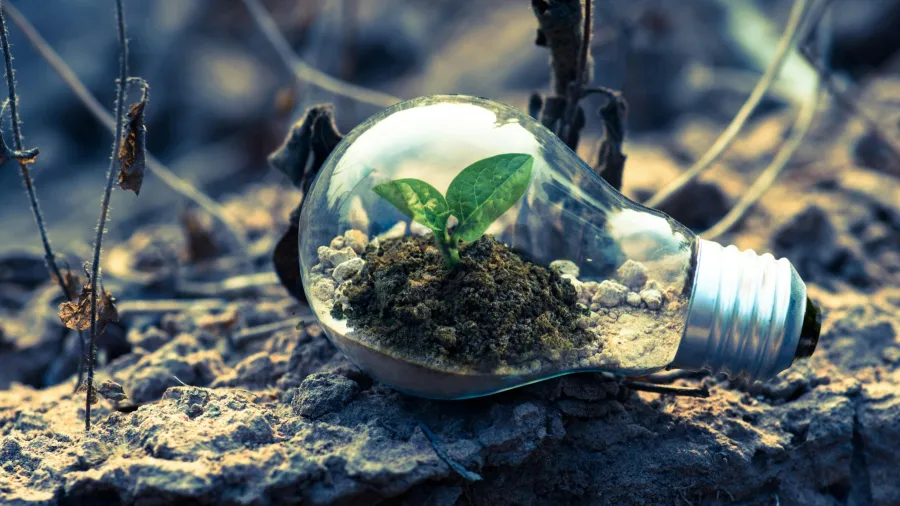
SEA must accelerate green energy shift: McKinsey
Currently, only 3% of necessary renewable projects are under construction.
Southeast Asia must scale its renewable energy capacity by seven to 12 times the levels achieved between 2018 and 2021, according to a McKinsey report.
Currently, only 3% of necessary renewable projects are under construction, underscoring the need for faster deployment. Projects in areas like clean hydrogen and carbon capture storage also struggle due to high capital costs and slow progress, needing further cost reductions.
Moreover, achieving net-zero emissions globally by 2050 will cost about $275t, equating to over $9.2t a year. Southeast Asia alone needs an additional $15t by 2050, McKinsey said. A key challenge includes the need to significantly scale up and reduce the cost of climate-related technologies, such as clean energy solutions, it added.
For example, solar energy costs decreased by 90% from 2010 to 2020 due to advancements in technology and economies of scale, positioning it as a competitive alternative to fossil fuels. However, McKinsey noted that such cost reductions typically take decades, and the urgency of current climate goals means accelerated innovation is essential.
McKinsey proposed a “Plant-as-a-Product” (PaaP) strategy to reduce costs and scale up climate-related technologies efficiently. This approach involves ambitious cost reduction targets and comprehensive value chain analysis to identify areas for improvement.
The PaaP strategy emphasises integrating design, procurement, construction, and operations to achieve systematic cost reductions, shorter project timelines, and smaller physical footprints. For example, Tesla reduced capital expenditure in its Texas gigafactory by 60% compared to its first plant in Nevada and significantly accelerated its time to market through in-house capabilities and supply chain integration.
McKinsey suggested that Southeast Asia’s abundant natural resources and productive workforce offer a unique opportunity to become a leader in climate technology. By adopting strategies like PaaP, the region could drive large-scale, cost-effective deployment of climate solutions, contributing to global and regional climate targets.

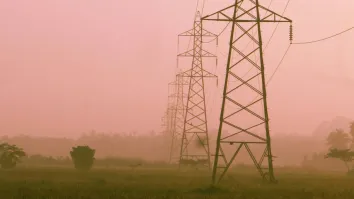
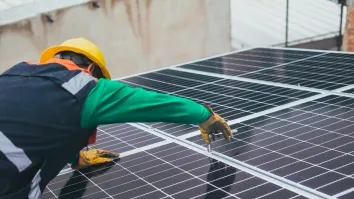





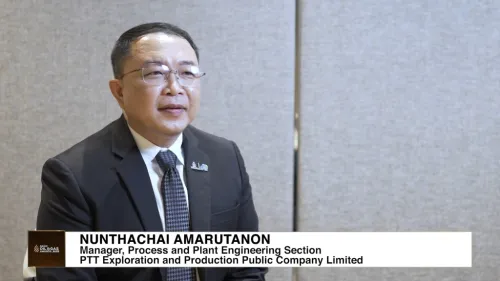
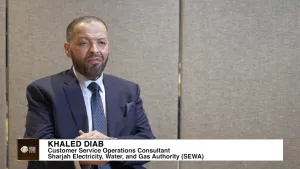

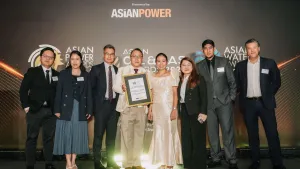


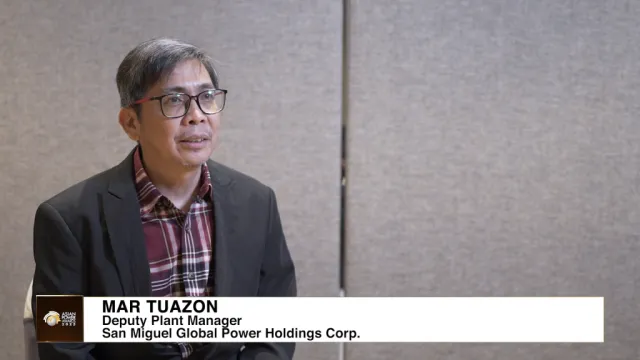
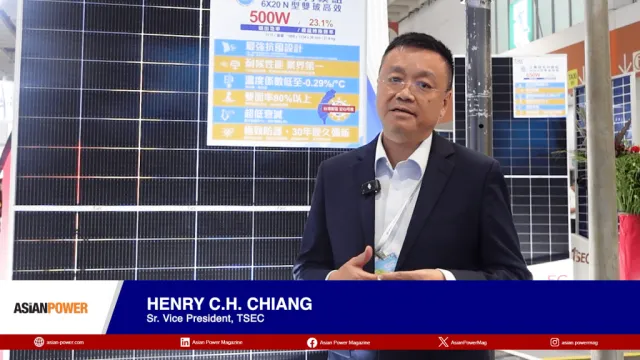

 Advertise
Advertise








